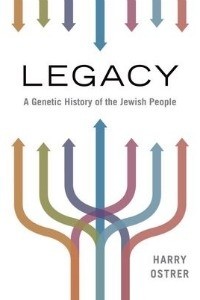Manny Friedman: Jews “own a whole freaking country”; and yes, that includes the media
Well, it turns out after all that Jews do control the media—and a whole lot besides. So says Manny Friedman, writing in the Times of Israel (“Yes, Jews DO control the media“). Of course, we at TOO have known this for quite a while, but it’s nice to hear it from a Jew, even though it’s in a Jewish publication and intended to be part of a Jews-only dialog. The thing is, it’s okay for someone like Friedman to say it (or Joel Stein, writing in the LATimes and linked by Friedman). But it’s definitely not okay for someone like me. In fact, Friedman is typical of Jewish writers who inhabit a completely Jewish universe when they talk about anything relating to Jews. Friedman is well aware that non-Jews who talk about such issues should prepare for a wall-to-wall, no-holds barred, 24/7 campaign against them:
The funny part is when any anti-Semite or anti-Israel person starts to spout stuff like, “The Jews control the media!” and “The Jews control Washington!” Suddenly we’re up in arms. We create huge campaigns to take these people down. We do what we can to put them out of work. We publish articles. We’ve created entire organizations that exist just to tell everyone that the Jews don’t control nothin’. No, we don’t control the media, we don’t have any more sway in DC than anyone else. No, no, no, we swear: We’re just like everybody else! Does anyone else (who’s not a bigot) see the irony of this?
I don’t see any “funny parts” to this, and I rather doubt that “irony’ is the right word here. How about “ethnic strategizing,” as in “Does anyone else (who’s not a bigot) see the ethnic strategizing of this?” Read more






